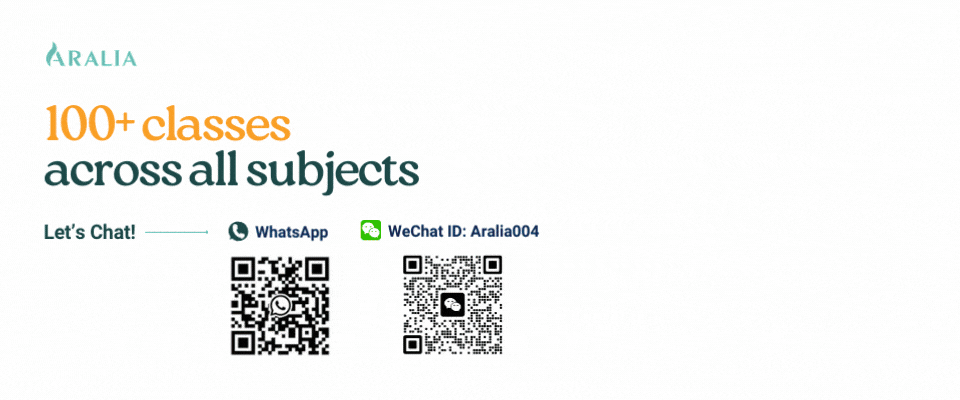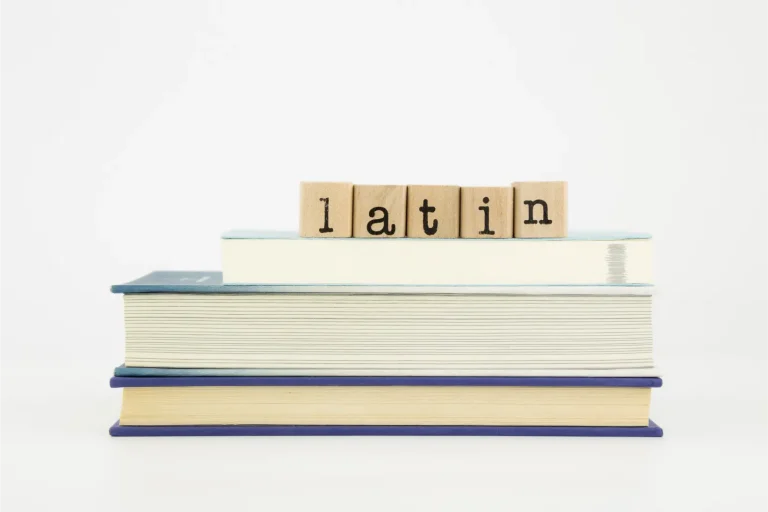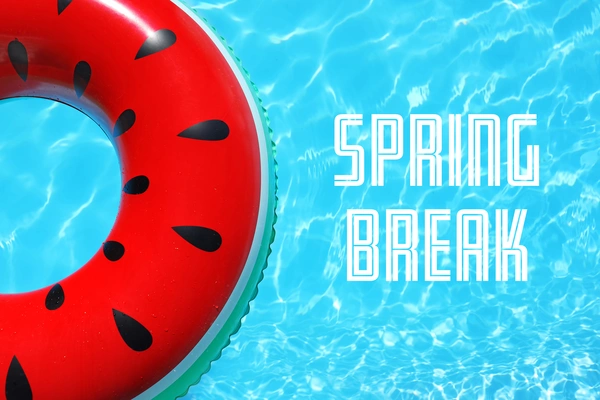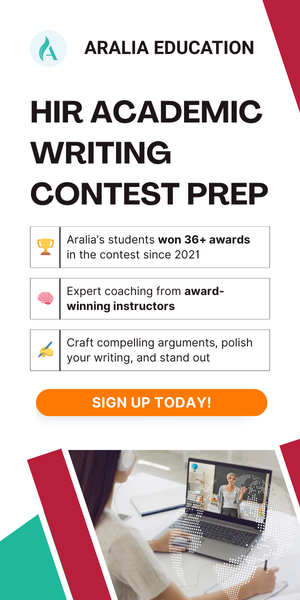85% of Aralia Students Place in Top Writing Competitions
1. Before you write a STEM Research Paper Outline
Pick a research topic that resonates with you. Select a research topic you’re passionate about. The long, arduous research paper writing process becomes easier when you feel a personal connection to the experiment and the impact of the research. Get started with examples of science project ideas and psychology research ideas.
Begin your research process by conducting broad preliminary research at a high level. The goal is to get a lay of the land, understand existing research in the field, and identify a niche to place your research experiment.
Next, write a concise research question to narrow your scope and conduct a second round of more specific research. At this point, begin keeping track of your sources. Write down each significant research journal article with a couple of bullet points on the important findings of each article.
Tip: include why each article is relevant to your research question.
Now, you have a list of sources with bullet points on key findings. Format these bullet points into full sentences, and this is your literature review, which will set the foundation for your introduction. Group these sources into 3-4 buckets based on similarity and look at the collective argument between your sources. Write your thesis statement (for a meta-analysis research paper) or hypothesis (for an experiment research paper) based on this overarching theme. Design your unique high school experiment to test your research question and hypothesis.
2. Abstract and Introduction of a STEM Research Outline
Introduction
The Introduction is where you set up why you’re researching this topic and where you identify gaps in current published research. Essentially, this is where you present your research topic and justify the need for your research. The introduction is NOT where you share the results of your experiment, but you should include that in your abstract.
Tip: Write your introduction after completing your literature review and both before the conclusion of your research paper.
Abstract
The Abstract is a 150-250-word summary of your paper, including the research question, participant pool description, experiment method, key findings and conclusions, future research suggestions, and 3-5 keywords.
Tip: Write your abstract last as the final step to completing your STEM research paper.
3. Methods and Materials
In Methods and Materials, detail how your experiment will run. List everything you use in the research experiment process, including, i.e. every piece of equipment used, chemical substance and measurements, participant demographics (age, gender, education level, race, etc.), and more. Methods and Materials should be so specific that another researcher can follow along and replicate your experiment in the same way.
Tip: It’s easier and more accurate to edit Methods and Materials while setting up and conducting your experiment to document changes as they occur. Don’t wait till the end to write the steps based on memory.
4. Results
Your outline will typically serve as a project proposal to your teacher before you conduct your experiment. The Results section in your outline should define the type of data you plan to collect, detail how you’ll collect that data, and list the statistical analysis methods you’ll use to analyze your data. While conducting your experiment, create a spreadsheet to keep track of your raw data. It may also be helpful to take pictures of your experiment to show the equipment setup of your neuroscience experiment, the plant growth/height of your biology experiment, the discoloration in your chemistry experiment, etc.
The Results section of your completed paper will include data tables and figures such as scatter plots, pie charts, histograms, bar graphs, etc. These will all be titled “Figure [number]” and be included in the Results section as well as the Appendix section. Any data you collect that’s too lengthy (i.e., participant interview answers) should be included in the Appendix, not the Results section. Additionally, your Results section should not touch on the meaning or significance of your experiment data—that is for the Discussion section.
Unlock Your Writing Potential: Students in Our Writing Competition Preparation Class Are More Likely to Secure Awards
5. Discussion and Conclusion
At this point, your outline is finished since you can’t have a Discussion and Conclusion section without data. Read below to learn what to write in the discussion and conclusion sections of your full STEM research paper.
In the Discussion section, you analyze and interpret the main findings from the collected experiment data. Review your research question and clearly state whether your experiment/meta-analysis data supports your hypothesis or not. You may adjust your thesis statement if necessary, but you may not adjust your hypothesis.
Refer to your literature review to give context for how your experiment’s findings fit into the available research in this field. State limitations to your study, and provide an unbiased, objective statement of the credibility of your research experiment results.
Some papers may combine the conclusion into the discussion—consult your teacher for their preferred format. The Conclusion briefly summarizes your discussion section, essentially restating your key finding and its significance in the field. If necessary, conduct a third round of research to find explanations for unexpected results and discuss these. Finally, list opportunities for future research. This may include ways your experiment could be improved for future replication studies, ideas for different experiments exploring the same topic, or ways to take your experiment one step further.
6. References and Appendix
References is a list of all the sources you used in your literature review. It’s crucial to cite your research paper correctly and consult with your teacher for the format they require. APA Formatting is one of the most common for STEM papers.
The Appendix, as previously mentioned in Results, includes raw experiment data that is too lengthy or circumstantial. For example, the Results section may include crucial snippets of participant interview responses, whereas the Appendix section includes the full transcript. Another example is that Results could have statistics from survey responses, but the Appendix will have the full survey. The appendix also includes data tables and figures that you reference from your sources. Refer to these figures in this way: “See Appendix for full interview transcripts.”
7. Write a STEM Research Paper with Aralia Education
Now that you have an outline, what should your paper look like? Check out our 6-step guide to a research paper and research paper examples. Aralia Education also offers a wide variety of live online classes with experienced teachers from top-ranking private high schools in the U.S. Learn more about our psychology research program, where students learn about social psychology, developmental psychology, and research methods and write a paper for peer review. Students can choose to take their research papers one step further and submit them to high school research journals for publication. Contact us to learn how you can conduct STEM research!










